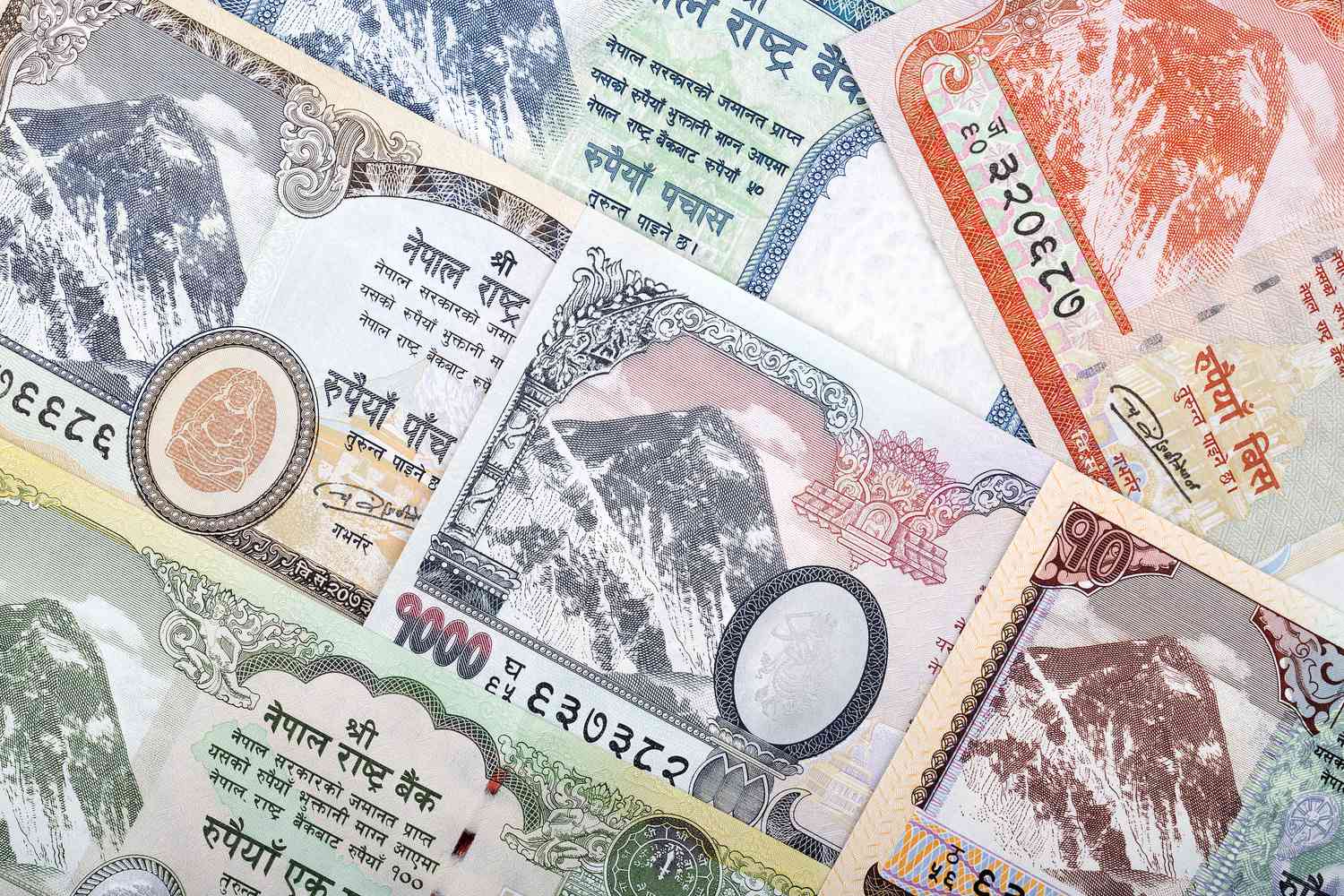Kathmandu's new banknote upsets Delhi
Nepal has decided to print on its 100 rupee banknotes a map of the country that includes disputed territories with India. The Indian Foreign Minister immediately expressed his disapproval. A working group had been set up in 2024 to resolve the border dispute, but the meetings were suspended from 2019.
Kathmandu (AsiaNews) - The government of Nepal has announced the issue of a new 100 rupee banknote on which a map of the country will be printed which also contains the territories of Lipulekh, Limpiyadhura and Kalapani, which neighboring India claims as its own .
The decision was taken on May 3 after a series of meetings chaired by Prime Minister Pushpa Kamal Dahal, known as "Prachanda" - said the Nepalese government spokeswoman - but it will perhaps take more than a year before the new banknote is put into circulation.
Indian Foreign Minister S. Jaishankar was quick to say that Nepal's unilateral actions will not change the reality on the ground: “We were discussing our border issues with Nepal through an established platform. And then in the midst of all this they unilaterally took some measures,” the minister told the media.
Tensions between Delhi and Kathmandu began in 2019, with the publication by India of a map which included the regions of Jammu and Kashmir and Ladakh (disputed with Pakistan and China), but also the Kalapani and Lipulekh areas.
The following year, Nepal voted in favor of an amendment to the Constitution to alter the national map and include Lipulekh, Kalapani and Limpiyadhura within its borders. Then, in May 2020, India inaugurated an 80-kilometer road that also crosses the Lipulekh pass from the state of Uttarakhand as part of a pilgrimage route.
Nepal's foreign ministry had summoned the Indian ambassador and issued a diplomatic note to protest against the construction of the road, to which Delhi responded by claiming that the route was "completely within the territory" of India. Kathmandu later included a strategic area of 370 square kilometers between Nepal, India and China in a new official map.
According to the newspaper Indian Express, unlike in the past, this time several Nepalese politicians also defined as "imprudent" and "provocative" the decision of Prime Minister Prachanda, who in March this year abandoned his pro-Indian coalition partner for ally with the Nepal Communist Party, which is closer to Beijing.
India and Nepal had inaugurated a border working group, the Boundary Working Group (BWG), in 2014 to settle all issues concerning the disputed areas. However, the meetings of the working group have been at a standstill since 2019: since then Nepal has written to India several times requesting the resumption of the meetings, but the Indian side has still never responded, explained an official from the Ministry of Management territory, cooperatives and poverty reduction in Nepal.







.png)










